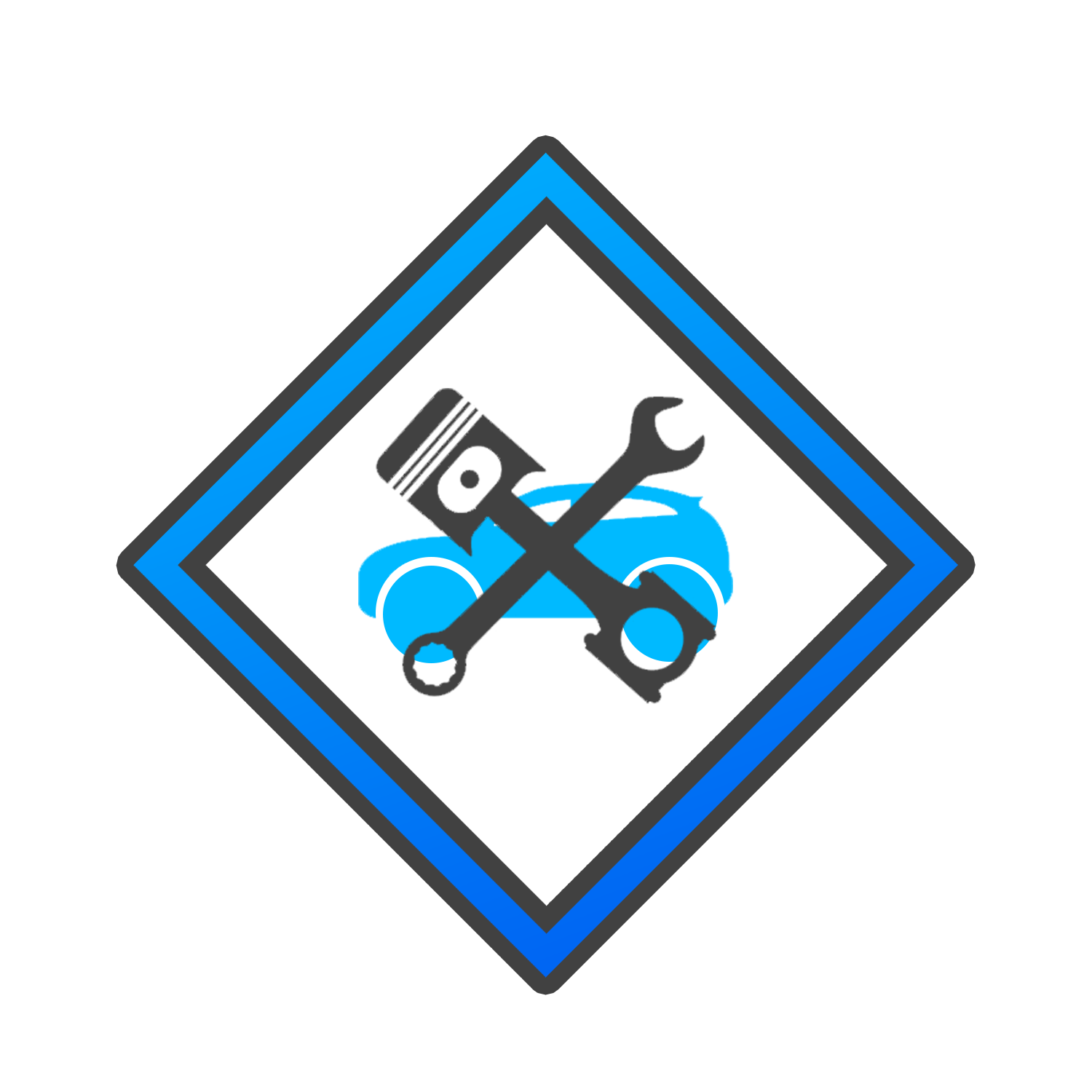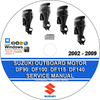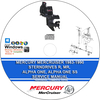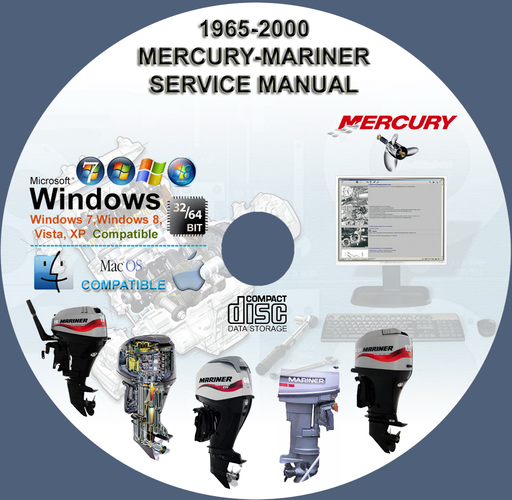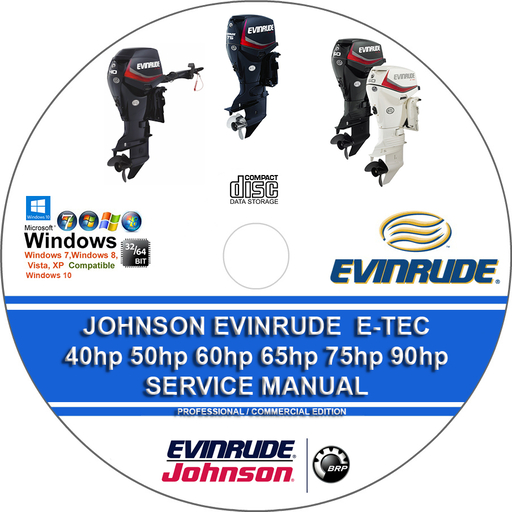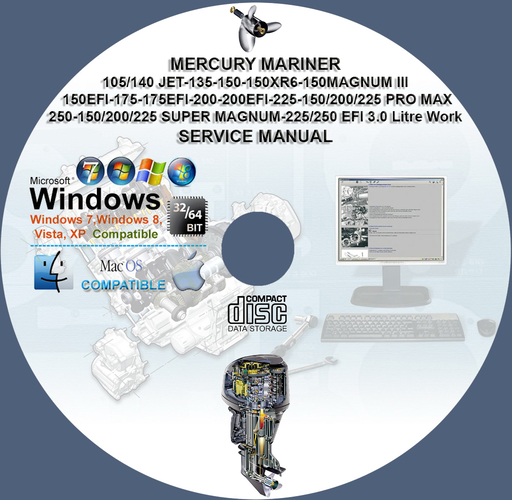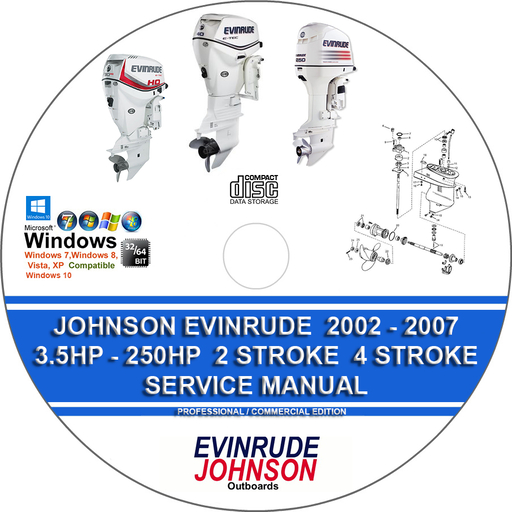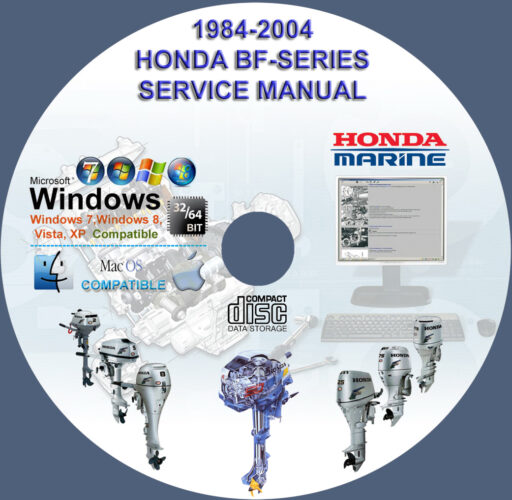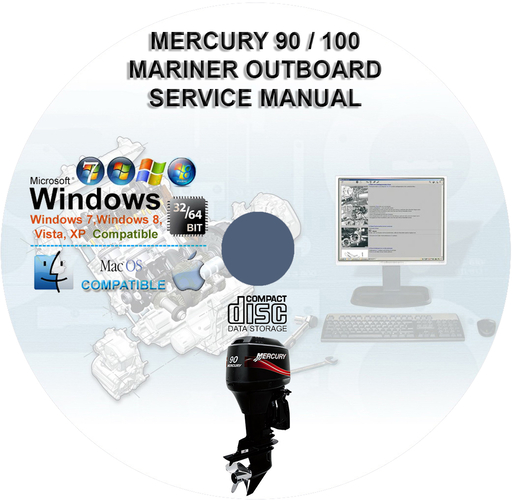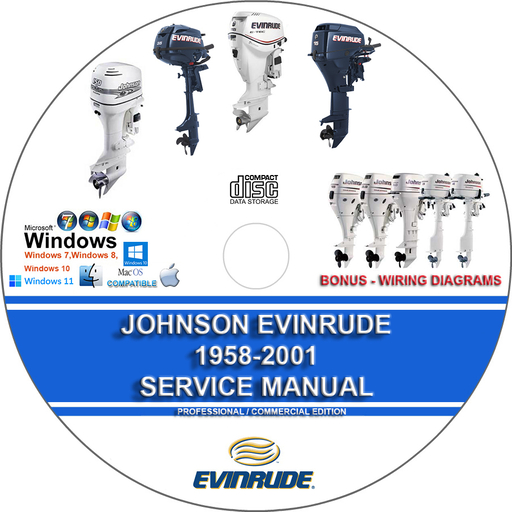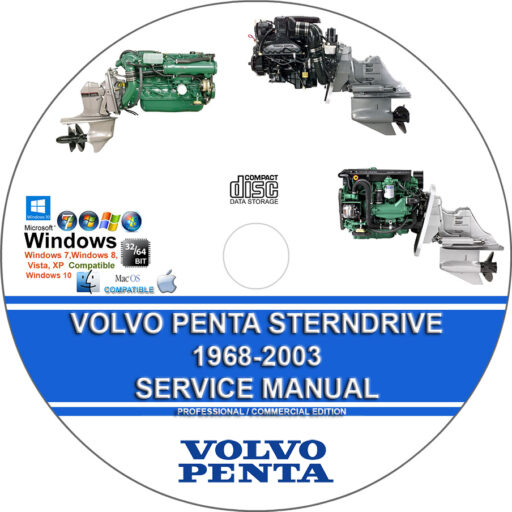SUZUKI OUTBOARD 1988 1989 1990 1991 1992 1993 1994 1995 1996 1997 1998 1999 2000 2001 2002 2003 FACTORY SERVICE REPAIR MANUAL
$39.00 – $48.00Price range: $39.00 through $48.00
SUZUKI OUTBOARD 1988 1989 1990 1991 1992 1993 1994 1995 1996 1997 1998 1999 2000 2001 2002 2003 FACTORY SERVICE REPAIR MANUAL
You can download this or I can ship it to you.
Loaded with Hi Resolution illustrations, instructions, photos, and diagrams, complete to service and repair your SUZUKI.
SUZUKI OUTBOARD 1988 1989 1990 1991 1992 1993 1994 1995 1996 1997 1998 1999 2000 2001 2002 2003 FACTORY SERVICE REPAIR MANUAL
Includes step-by-step illustrated procedures to guide you through every conceivable job possible, including all adjustments necessary. Service, maintenance, overhaul adjustments, everything you need to know is covered. Photos, electrical ,wiring diagrams, tune up, fuel system lower units., specifications, repairs, maintenance, overhaul, troubleshooting, controls, tilt and trim. Fully bookmarked index for easy use, a master index to tell you which manual is needed for the particular model number you have. Perfect for do-it-yourselfers, professional mechanics, or students.
THIS CD COVERS:
All Models for the years 1988-2003 – over 800 pages
This manual is the same as the manual used by workshops. Service Manual contains detailed instructions and step by step diagrams for all workshop procedures.
Language: English
Format: PDF – Indexed and Searchable
COMPATIBLE WITH ALL WINDOWS & MAC COMPUTERS
(WINDOWS 11, WINDOWS 10, WINDOWS 8 ETC.)
Windows/Mac/Tablet/Phone Friendly
- DT models (two-stroke):
- Horsepower: The DT line included models from 2 horsepower all the way up to 225 horsepower, such as the
,
DT55,
DT140, and
DT225.
- Engine layout: These engines were available in 1, 2, 3, V4, and V6 cylinder configurations.
- Oil injection: Some two-stroke models in this era featured oil injection, designated with a “C” or “SS” in the model code, such as the
Suzuki DT8C
or
DT150SS.
- Horsepower: The DT line included models from 2 horsepower all the way up to 225 horsepower, such as the
- DF models (four-stroke):
- Introduction: Suzuki’s first four-stroke outboards were introduced in the late 1990s, with models like the
,
,
DF40, and the larger
,
DF115, and
.
- Early EFI: The larger, higher horsepower four-strokes, like the 2003
, featured electronic fuel injection (EFI).
- Reliability: These early DF series motors have a reputation for being reliable, though maintenance on aging four-strokes is more complex than on the simple two-strokes.
- Introduction: Suzuki’s first four-stroke outboards were introduced in the late 1990s, with models like the
- Corrosion: Older models used in saltwater can suffer from internal corrosion. A specific issue noted on some DF90-DF140 engines built before 2006 is a steel plug in the alloy engine holder that can corrode out due to dissimilar metals. Checking the internal anodes is vital for preventing corrosion issues.
- Fuel system problems: As with any older engine, especially carbureted two-strokes, dirty or restricted fuel filters are a common cause of poor performance. In carbureted engines, old fuel or ethanol can cause issues, and it is recommended to drain the fuel system if the motor sits unused.
- ECM setup: For 2003 and earlier 90-horsepower four-stroke engines, replacing the electronic control module (ECM) can require a specific setup or programming procedure to avoid performance issues.
- Oil pump wear: As with any used motor, check for proper oil pump function, especially on two-stroke models with oil injection and on high-hour four-strokes.
- Pre-purchase inspection: A thorough inspection of a used engine should include checking compression, lower unit oil condition, and proper function of the trim and tilt system.
- Online marketplaces: Websites like eBay are common places to find used engines, used parts, and repair manuals for specific models, such as a 1996 Suzuki 8hp Dt8c Outboard Motor or parts for a 2002 Suzuki Outboard Motor Df115.
- Authorized dealers and salvage: While dealers won’t sell these new, some may have used motors taken on trade or be able to order parts. Marine salvage yards are also an option for hard-to-find components.
- Repair manuals: Repair and tune-up manuals covering this period, such as the
, are available from retailers like West Marine and The Motor Bookstore to help with maintenance and repairs.
| Medium | USB Flash Drive, DVD, Download |
|---|
Related products
Watercrafts/Boats
Watercrafts/Boats
Watercrafts/Boats
Watercrafts/Boats
Johnson Evinrude
